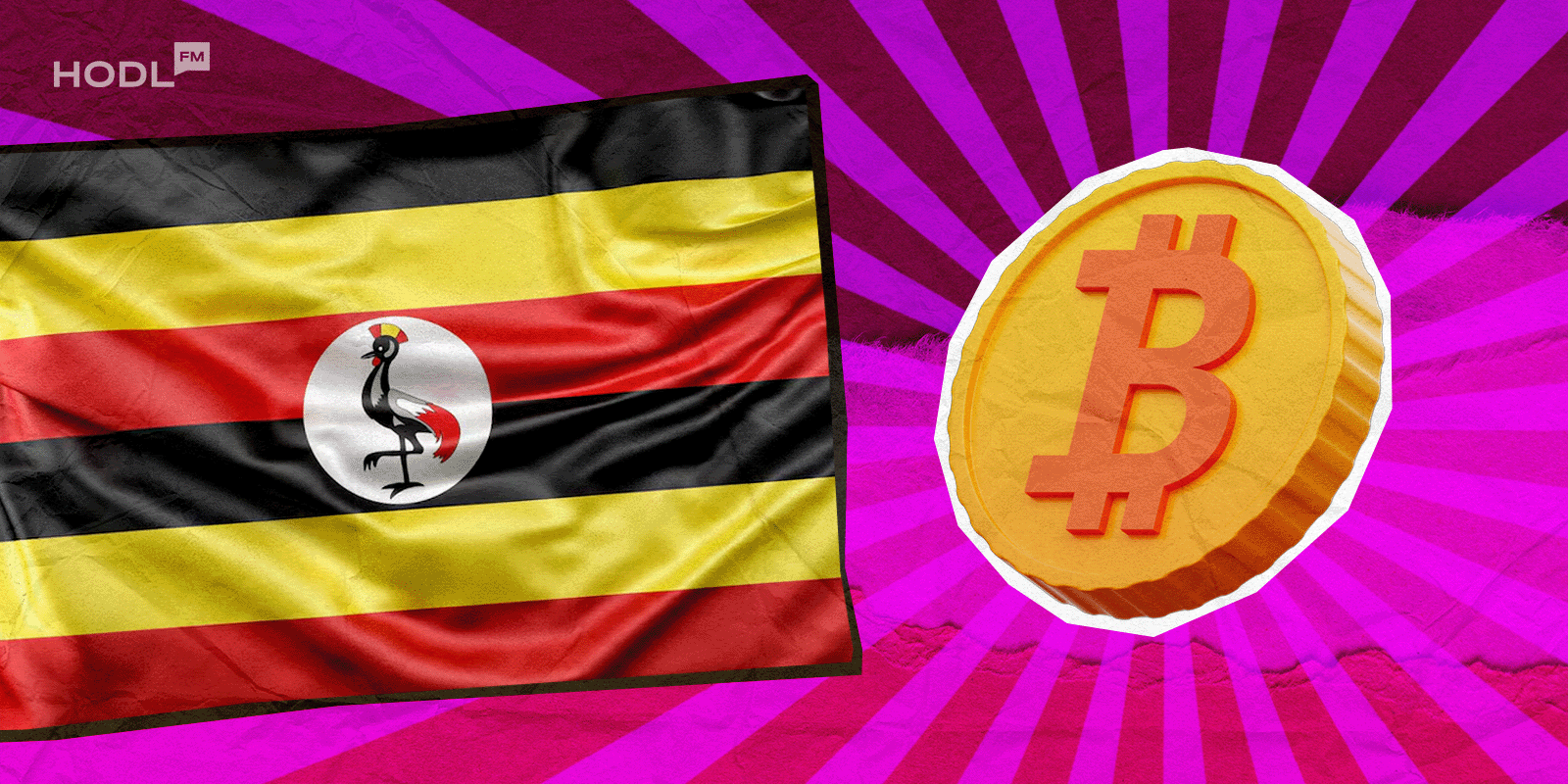East Africa is accelerating its transition toward regulated digital assets. Uganda has begun piloting a Central Bank Digital Currency (CBDC) integrated within a $5.5 billion real‑world asset (RWA) tokenization project, while Kenya’s Virtual Asset Service Providers (VASP) Bill has passed its final parliamentary hurdle and now awaits President William Ruto’s signature.
Together, the initiatives mark a turning point for the region’s growing digital‑asset ecosystem, combining regulatory clarity in Kenya with economic tokenization in Uganda to advance financial inclusion, cross‑border efficiency, and foreign investment.
Uganda’s CBDC pilot and $5.5 billion tokenization initiative
Uganda’s digital shilling, a regulated, blockchain‑based version of the national currency, has been launched in partnership with Global Settlement Network (GSN) and local developer Diacente Group. Deployed on GSN’s permissioned blockchain and backed by Ugandan treasury bonds, the CBDC forms a core component of a sweeping $5.5 billion program to bring real‑world assets on‑chain.
Tokenized assets will span vital economic sectors, including agriculture, mineral extraction, energy, and infrastructure, particularly within the Karamoja Green Industrial and Special Economic Zone (GISEZ).
Accessible through smartphone and USSD channels, the digital shilling is designed for over 40 million Ugandans, including those in remote areas, and will operate within stringent Know Your Customer (KYC) and Anti‑Money‑Laundering (AML) frameworks.
“We’re building infrastructure that goes beyond theory, a programmable economy grounded in real assets, regulatory collaboration, and mass accessibility,” said Ryan Kirkley, co‑founder of GSN.
“By integrating tokenization and CBDCs into Uganda’s development roadmap, we’re creating transparent, tech‑driven ecosystems that attract new capital and empower local industries,” added Edgar Agaba, chairman of Diacente Group.
Projected outcomes include over one million new jobs and up to $10 billion in annual export potential, aligning with Uganda’s Vision 2040 and the African Union’s Agenda 2063 goals.
Kenya’s VASP bill establishes first comprehensive crypto framework
In a parallel breakthrough, Kenya’s National Assembly has passed the Virtual Asset Service Providers (VASP) Bill 2025, the country’s first comprehensive cryptocurrency framework.
The bill mandates licensing, registration, and compliance for all digital‑asset businesses, including exchanges, brokers, and wallet operators, and divides oversight between the Central Bank of Kenya (CBK) for payments and custodial services, and the Capital Markets Authority (CMA) for investments and trading.
Key features include:
- Strict AML/CFT provisions aligned with Financial Action Task Force (FATF) standards;
- Mandatory KYC and risk‑disclosure requirements;
- Consumer‑protection rules banning deceptive advertising; and
- Penalties of up to 5 million Kenyan shillings (≈ $38,000 USD) or imprisonment for violations.
The law further amends Kenya’s financial legislation to recognize certain digital assets as securities, while reducing the digital‑asset tax rate from 3% to a 1.5% excise duty on transaction fees, changes expected to stimulate compliance and institutional participation.
Once enacted, the framework will formally bring the country’s vibrant crypto market, among Africa’s largest, under regulated oversight.
Regional and market impact
Kenya and Uganda’s concurrent actions underscore an evolving East African strategy for digital‑asset adoption that balances innovation with regulation.
The clarity offered by Kenya’s bill is expected to bolster investor confidence, attract foreign direct investment (FDI), and position Nairobi as a regional fintech hub. Meanwhile, Uganda’s pilot demonstrates blockchain’s potential to tokenize infrastructure, mobilize capital, and expand financial access across untapped demographics.
Together, the two initiatives create a blueprint for public‑private collaboration on blockchain infrastructure in emerging markets, a model that combines stablecoin‑style monetary tools with real‑world economic anchors.
Broader context: Africa’s crypto growth
According to data from Chainalysis, Sub‑Saharan Africa registered $205 billion in on‑chain value between July 2024 and June 2025, a 52% year‑on‑year increase, making it the third‑fastest‑growing crypto region globally.
Stablecoins now represent about 43% of regional transaction volume, used widely for remittances and inflation hedging.
Both Kenya and Uganda’s moves arrive as Ghana, South Africa, Egypt, and Rwanda explore their own CBDC pilots or frameworks, signaling a continental realignment toward digital finance integration under the African Continental Free Trade Area (AfCFTA).
Outlook
Uganda’s RWA tokenization push offers a tangible showcase of blockchain’s ability to drive industrial development, while Kenya’s forthcoming crypto law provides a governance template for sustainable adoption. Analysts say the synergy could redefine digital‑asset economies across East Africa, drawing global attention to the region’s role in shaping the next phase of Web3 innovation on the continent.

Disclaimer: All materials on this site are for informational purposes only. None of the material should be interpreted as investment advice. Please note that despite the nature of much of the material created and hosted on this website, HODL FM is not a financial reference resource, and the opinions of authors and other contributors are their own and should not be taken as financial advice. If you require advice. HODL FM strongly recommends contacting a qualified industry professional.





